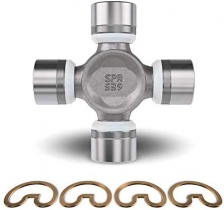-
Welcome to Tacoma World!
You are currently viewing as a guest! To get full-access, you need to register for a FREE account.
As a registered member, you’ll be able to:- Participate in all Tacoma discussion topics
- Communicate privately with other Tacoma owners from around the world
- Post your own photos in our Members Gallery
- Access all special features of the site
Pros and Cons to Synthetic Oil?
Discussion in '1st Gen. Tacomas (1995-2004)' started by 2004Taco, Jan 18, 2009.
Page 2 of 2
Page 2 of 2


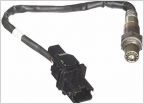 2004 Tacoma Cat Converter Has 2 Sensors?
2004 Tacoma Cat Converter Has 2 Sensors?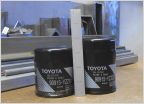 Right filter
Right filter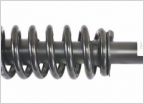 2002 REPLACEMENT SHOCKS
2002 REPLACEMENT SHOCKS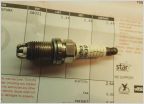 3.4 V6 '02 PreRunner - Stumble during accel/hill
3.4 V6 '02 PreRunner - Stumble during accel/hill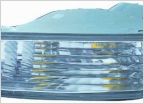 ISO Turn Signal Assembly
ISO Turn Signal Assembly




















